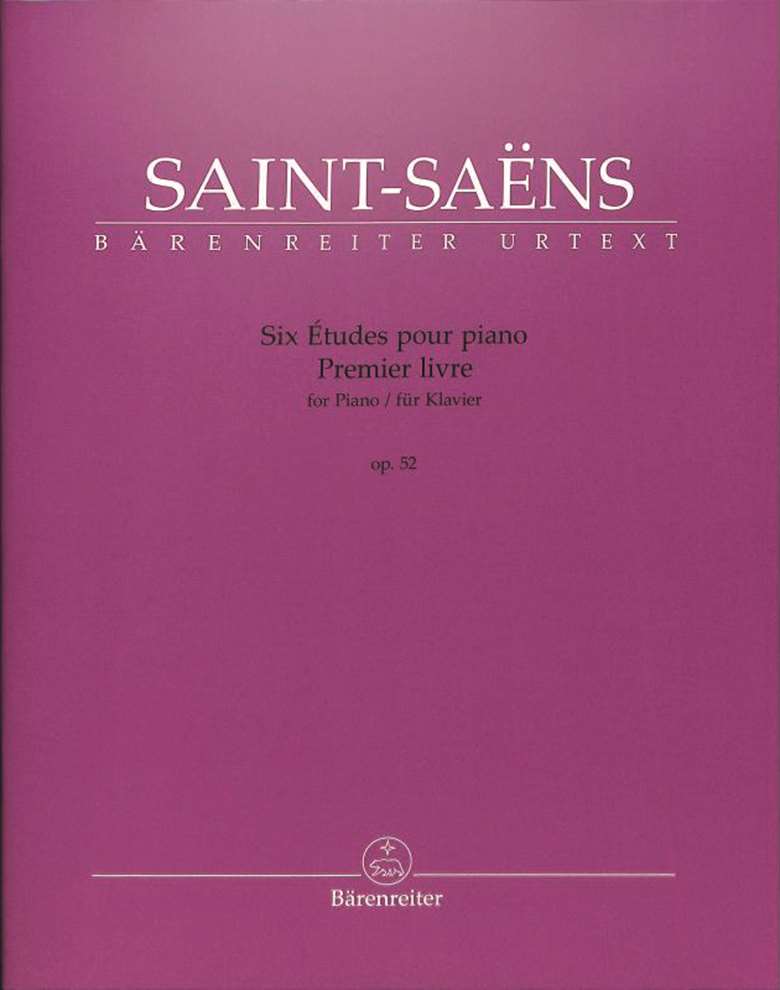Saint-Saëns: Six études pour piano, Op 52 (Bärenreiter)
Murray McLachlan
Friday, March 8, 2024
Bärenreiter has done Saint-Säens proud with this release

Register now to continue reading
This article is from International Piano. Register today to enjoy our dedicated coverage of the piano world, including:
- Free access to 3 subscriber-only articles per month
- Unlimited access to International Piano's news pages
- Monthly newsletter













